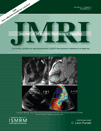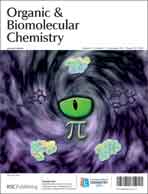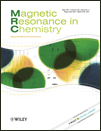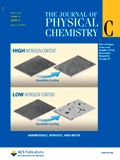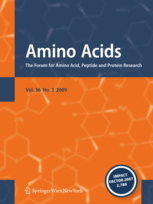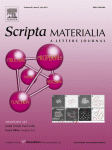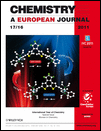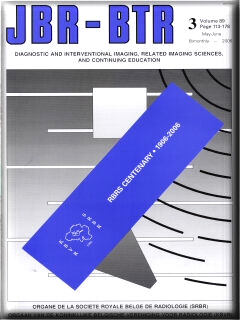 Non-Invasive grading of astrocytic tumours from the relative contents of myo-inositol and glycine measured by in vivo MRS”, Ana Paula Candiota, Carles Majós, Margarida Julià-Sapé, Miquel Cabañas, Juan José Acebes, Àngel Moreno-Torres, John R. Griffiths, Carles Arús; Journal Belge de Radiologie – Belgisch Tijdschrift voor Radiologie, 94, 319-329 (2011). DOI: 10.5334/jbr-btr.698
Non-Invasive grading of astrocytic tumours from the relative contents of myo-inositol and glycine measured by in vivo MRS”, Ana Paula Candiota, Carles Majós, Margarida Julià-Sapé, Miquel Cabañas, Juan José Acebes, Àngel Moreno-Torres, John R. Griffiths, Carles Arús; Journal Belge de Radiologie – Belgisch Tijdschrift voor Radiologie, 94, 319-329 (2011). DOI: 10.5334/jbr-btr.698
MRI and MRS are established methodologies for evaluating intracranial lesions. One MR spectral feature suggested for in vivo grading of astrocytic tumours is the apparent myo-Inositol (mI) intensity (ca 3.55ppm) at short echo times, although glycine (gly) may also contribute in vivo to this resonance. Continue reading Myo-inositol and glycine relative content may help to grade astrocytic tumours.
